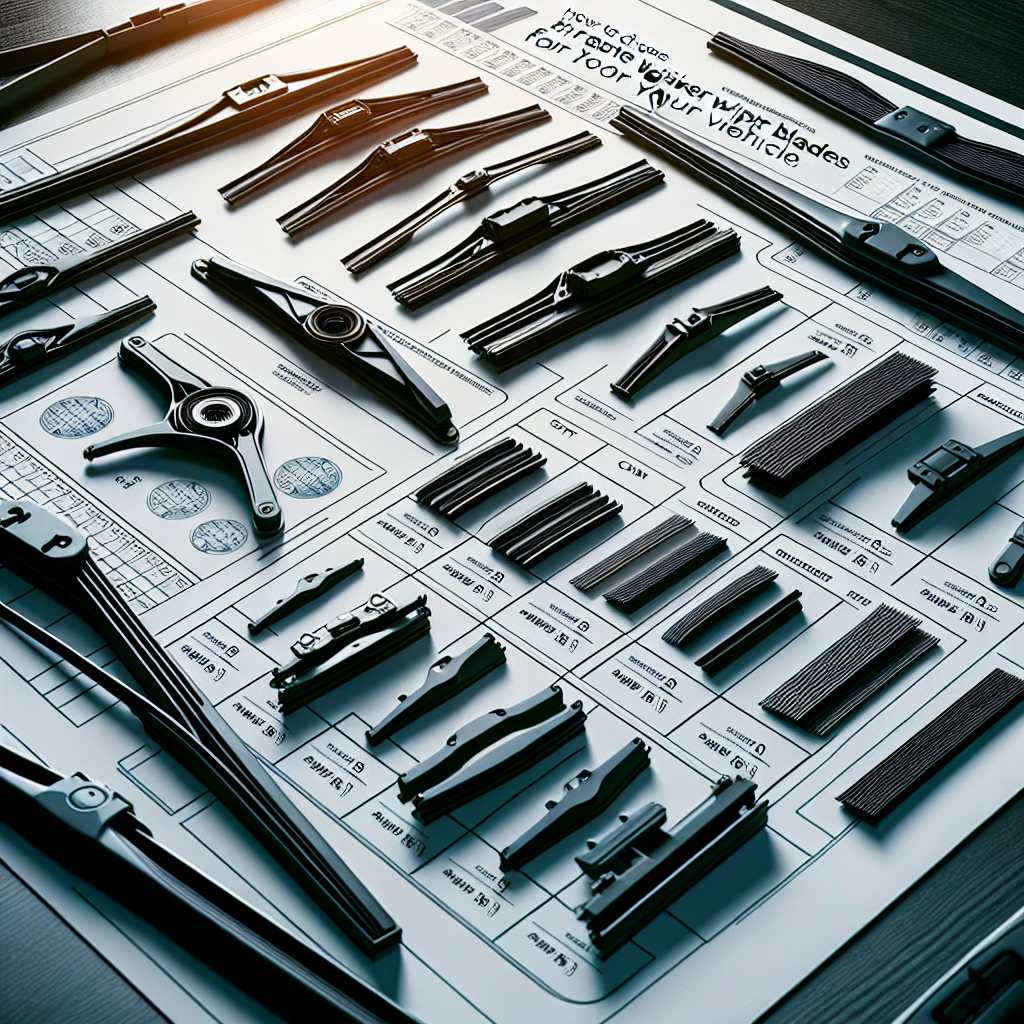When it comes to the crucial components of an automobile, windshield wipers often fly under the radar, despite their significant role in ensuring driving safety. Let’s delve into the science behind windshield wipers and explore what makes a blade truly effective in clearing your windshield under various weather conditions.
Materials and Manufacturing
Windshield wiper blades are typically made from one of three materials: natural rubber, silicone, or a combination of both. Natural rubber blades are flexible and offer excellent wiping performance, but they tend to degrade quicker when exposed to UV rays and extreme temperatures. Silicone blades, on the other hand, resist degradation and provide a quieter wiping experience, although they may be more costly. Advancements in materials science have also led to hybrid blades that combine the benefits of both rubber and silicone, offering longevity and superior performance.
Aerodynamics and Design
The design and aerodynamics of a windshield wiper blade are vital for its functionality. Traditional frame-style blades consist of a metal or plastic structure with several points of contact with the windshield. This design allows even distribution of pressure, resulting in efficient wiping. Meanwhile, beam-style blades feature a single-piece structure with a curved, aerodynamic contour. This design not only reduces wind lift but also ensures uniform pressure distribution, making them particularly effective at high speeds.
Pressure Points and Tension Springs
The effectiveness of a windshield wiper blade also hinges on the pressure points it uses to contact the windshield. Modern blades incorporate multiple pressure points to ensure even pressure across their entire span. Additionally, tension springs within the wiper arm mechanism provide the necessary force to keep the blade engaged with the windshield surface, ensuring that every inch gets wiped clean without streaks or missed spots.
Water Repellency
Interestingly, the effectiveness of a wiper blade doesn’t solely depend on its physical attributes. Some advanced windshield wipers come with water-repellent coatings that bond with the glass, creating a hydrophobic layer. These coatings enhance the wiper’s ability to remove water, reducing the need for repeated wiping and maintaining clarity in heavy rain.
Temperature Resilience
Extreme temperatures pose a considerable challenge for windshield wiper blades. In cold weather, rubber blades can become brittle and may even crack, leading to ineffective performance. Conversely, high temperatures can cause natural rubber to soften and deform. The development of temperature-resistant materials, including various polymers and treated silicones, has significantly improved the resilience and longevity of modern wiper blades.
Maintenance and Replacement
Regular maintenance is crucial for keeping your windshield wipers effective. Over time, residues like tree sap, dirt, and road grime can accumulate on the blades, reducing their effectiveness. Cleaning the blades with a mild detergent and a soft cloth can extend their life. However, regardless of maintenance, most experts recommend replacing wiper blades every six months to a year to ensure optimal performance.
Wiper blades are an integral aspect of automotive maintenance and safety. Understanding the science behind what makes them effective can help you make informed decisions when purchasing or replacing them. For a deeper dive into the importance of windshield wipers and automotive safety, you can visit resources like the National Highway Traffic Safety Administration (NHTSA).
Investing in high-quality wiper blades is a small but significant step towards ensuring that your vehicle remains safe and efficient, regardless of the driving conditions.


